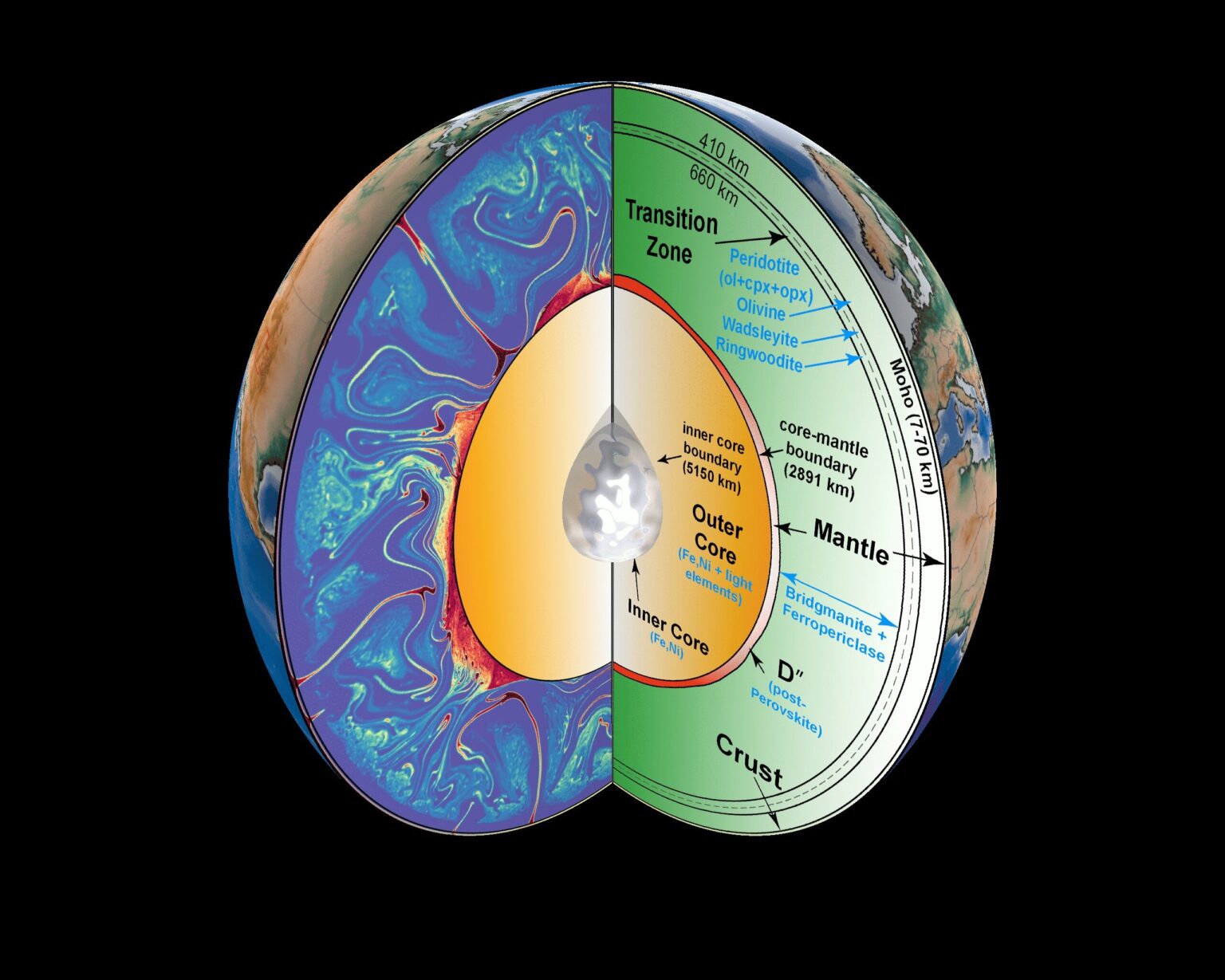Scientists have long been interested in the phenomenon of PKP precursors. These are seismic vibrations that precede the passage through our planet’s mantle of powerful waves from earthquakes. This time, the researchers were able to figure out where they were born.

Seismic precursor waves
A group of scientists from the University of Utah was recently able to investigate the so-called PKP precursors. Every time an earthquake occurs somewhere on Earth, the oscillations from it spread not only over the surface, but also over the depths of our planet. They gradually fade out but can also reach the other side, moving at a certain speed.
However, even before the main oscillation reaches the other side of the planet, scientists sometimes track weaker signals. They are called precursor waves. It is clear that they are born somewhere in the mantle when it overcomes the main signal, but this happens before it meets the core of the Earth.
A new study has allowed scientists to understand the issue a little bit. For this purpose, they studied 58 earthquakes that occurred in New Guinea, the fluctuations of which reached North America. They placed wave detectors in different places and therefore were able to determine where exactly on the edge of the distribution between the mantle and the outer liquid core the precursor waves were born.
Ultra-low velocity zones
The result of the research showed that the precursor waves appear in the so-called ultra-low velocity zones. Scientists have known for a long time that oscillations from earthquakes pass through the Earth’s thickness at different speeds depending on the direction of distribution. However, this difference was not so big, and it was difficult to figure out exactly where the waves from earthquakes were slowing down.
Now scientists have clearly identified these zones. It turns out that they are located under the largest volcanoes of the planet, which are not connected with the lithospheric plates, but exist as if independently of them: Iceland, the Hawaiian Islands and Samoa.
Some of them remain active for hundreds of millions of years. The reason for their existence is volcanic plumes — branched streams of hotter matter than the environment, coming from the Earth’s core to its surface. Researchers see them as the best candidates for the role of ultra-low velocity zones.
Scientists also pay attention to subduction zones. These are places where one continental plate sinks under another. In their opinion, there may also be ultra-low velocity zones. This means that precursor waves may be born, which are actually part of the seismic vibrations that have not slowed down in the plume.
According to phys.org


